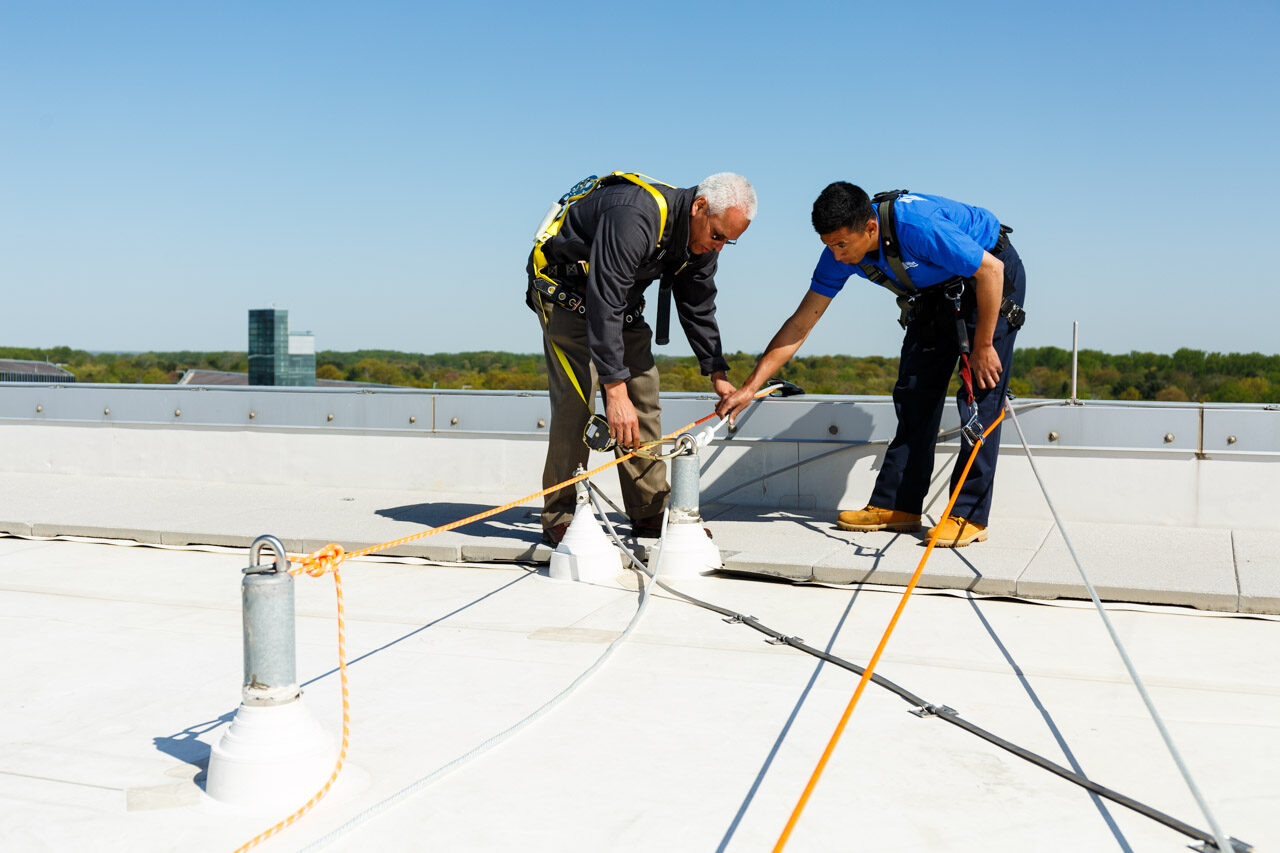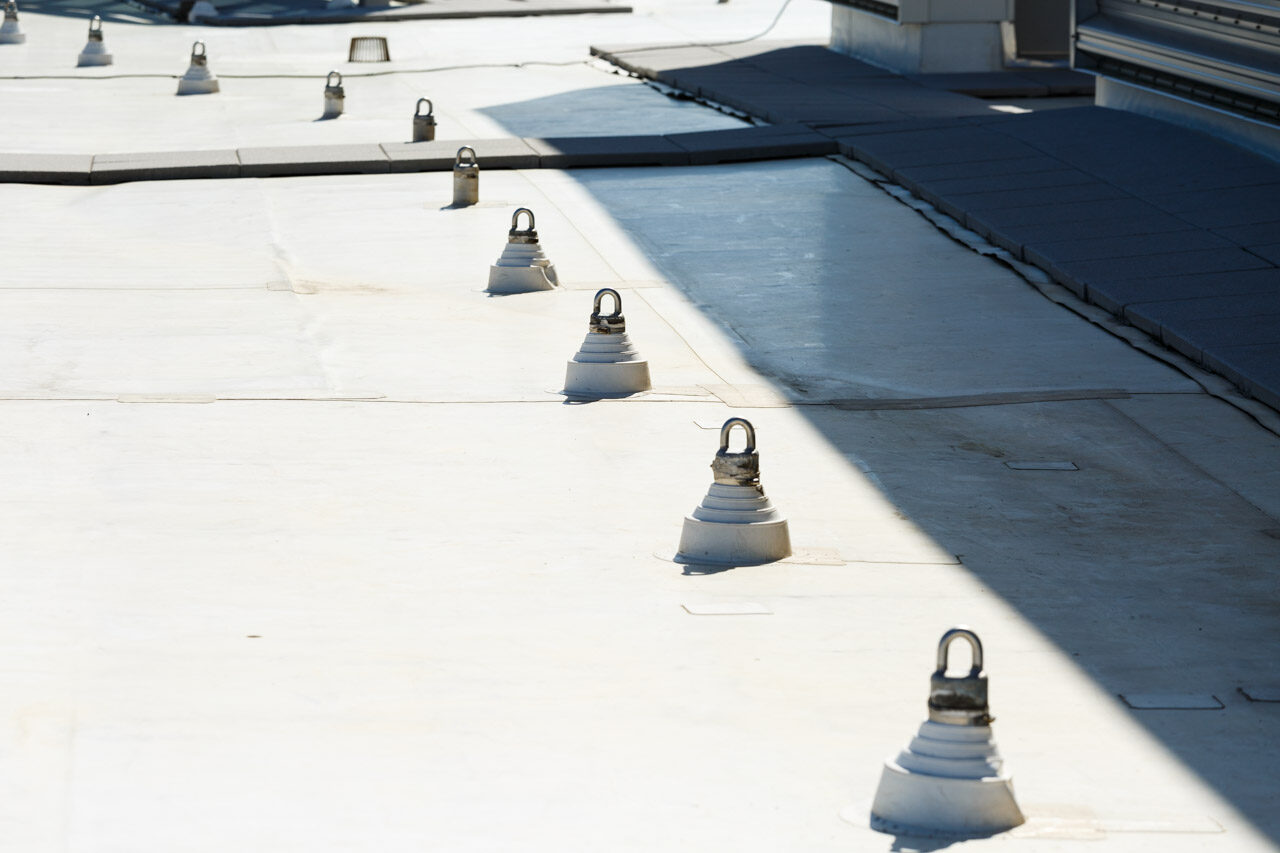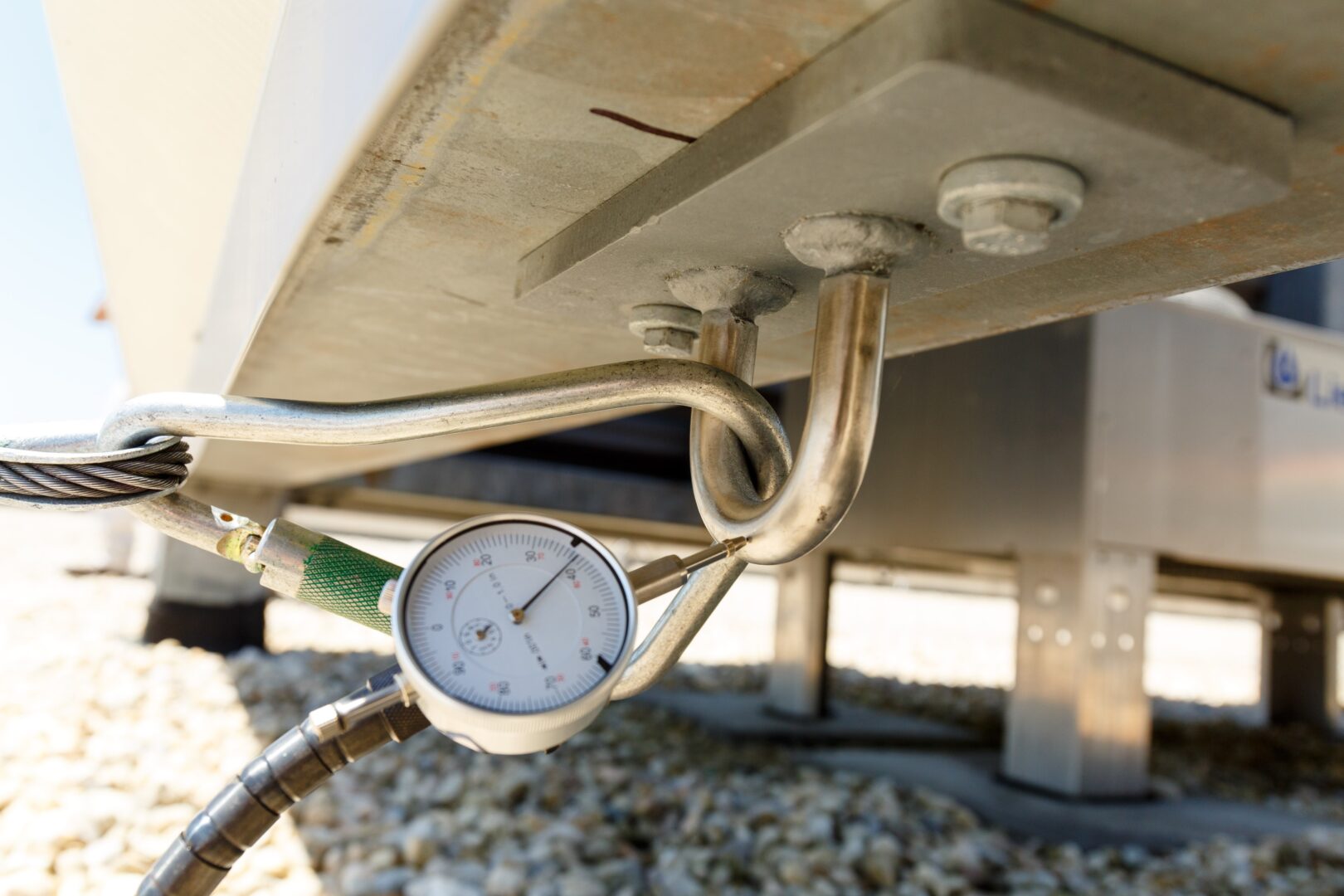What OSHA’s National Emphasis Program on Falls Means for You
As a building owner or property manager, it can be challenging to understand all the appropriate measures that must be taken to comply with OSHA’s revised regulations on Walking and Working Surfaces and Fall Protection Systems.
Many of the critical components of these new standards went into effect in 2017. Informed by data from the OSHA Information System & the Bureau of Labor Statistics, OSHA has decided to focus on Falls for their current National Emphasis Programs (NEPs). Defined by OSHA, NEPs are “temporary programs that focus OSHA’s resources on particular hazards and high-hazard industries.”
Why OSHA Announced a New National Emphasis Program on Falls
On May 1, 2023, OSHA’s NEP on Falls went into effect, which focuses on reducing fall-related injuries and fatalities. In 2021, falls from elevations were the top cause of all fatal workplace injuries, accounting for 13% of all deaths. In addition, fall protection is the most violated standard in the construction industry. Fall protection is crucial to address, and building owners and managers can be held liable if an incident occurs due to negligence.
As the 90-day outreach period ended on August 1, 2023, compliance officers are now actively examining buildings and will arrive at your roof unannounced, without scheduling a visit. For non-construction inspections, the NEP specifies the following activities that compliance officers are focusing on:
-
Rooftop mechanical work /maintenance
-
Utility line work/maintenance (electrical / cable)
-
Arborist/tree trimming
-
Holiday light installation
-
Road sign maintenance/billboards
-
Power washing buildings (not connected to painting)
-
Gutter cleaning
-
Chimney cleaning
-
Window cleaning
-
Communication towers
Common Misconceptions with Building Owner Liabilities
Building owners and property managers should be aware that of the utmost importance is reducing the number of injuries and fatalities. If faced with liability claims, there will be a significant impact on your budget. In 2022 alone, there were 5,260 fall protection citations. Serious violation fines currently range up to $15,625. Willful or repeated violations are charged at tenfold, or $156,259. To add, the failure to abate beyond the abatement date is $15,625 per day.
We frequently hear misconceptions from building owners and managers that need to be set straight to help provide clarity on the new OSHA regulations.
First, no property is considered “grandfathered” in. There are no clauses or exceptions that are made for any building, for any reason. We often hear this belief that building management or ownership was unaware that the new regulations in law apply to their building.
Compliance responsibility does not only fall on to your contractor. While contractors are expected to work safely and are required to adhere to OSHA standards, OSHA compliance officers are also examining your building for items and areas that the building is required to provide.
New construction does not guarantee compliance. While it may seem logical that for new construction, OSHA-compliance should not be a concern, this isn’t always the case. It’s critical to evaluate your building to and ensure a safe environment for your rooftop workers. For example, we often see non-compliant ladders on new construction.
Even one-story and low-rise buildings are subject to fall protection. Did you know that elevations over four feet require fall protection? In general industry workplaces, OSHA regulations state that elevations of four feet or higher require fall protection in place. In addition, when working over dangerous equipment and machinery, fall protection is mandatory at all times, regardless of the distance or elevation.
Actionable Steps Toward Your Pathway to Compliance
What initial step should you take to ensure your building is compliant with OSHA’s Walking and Working Surfaces? As digesting these standards can be overwhelming to interpret on your own, the first step we recommend is a fall protection consultation. During this consultation, safety experts will review your roof to uncover fall hazards and make best practice recommendations to proceed forward. This is an ideal place to start if you are not sure whether your building is compliant.
Our top recommendations on areas that you should evaluate now are:
- the path to the roof and roof access,
- walking-working surfaces on the roof,
- anchor points,
- and employee training.
To dive into the specifics of each of these areas, watch our on-demand webinar, Compliance Simplified: Essential Rooftop Fall Protection Solutions. In this webinar, our safety experts will walk you through OSHA’s complex regulations and provide a simple and effective method to identify and resolve common rooftop fall hazards.
By signing up for the webinar, you will also have access to our Rooftop Fall Protection Checklist to print and download!
Watch the full webinar and download the Rooftop Fall Protection Checklist here.



